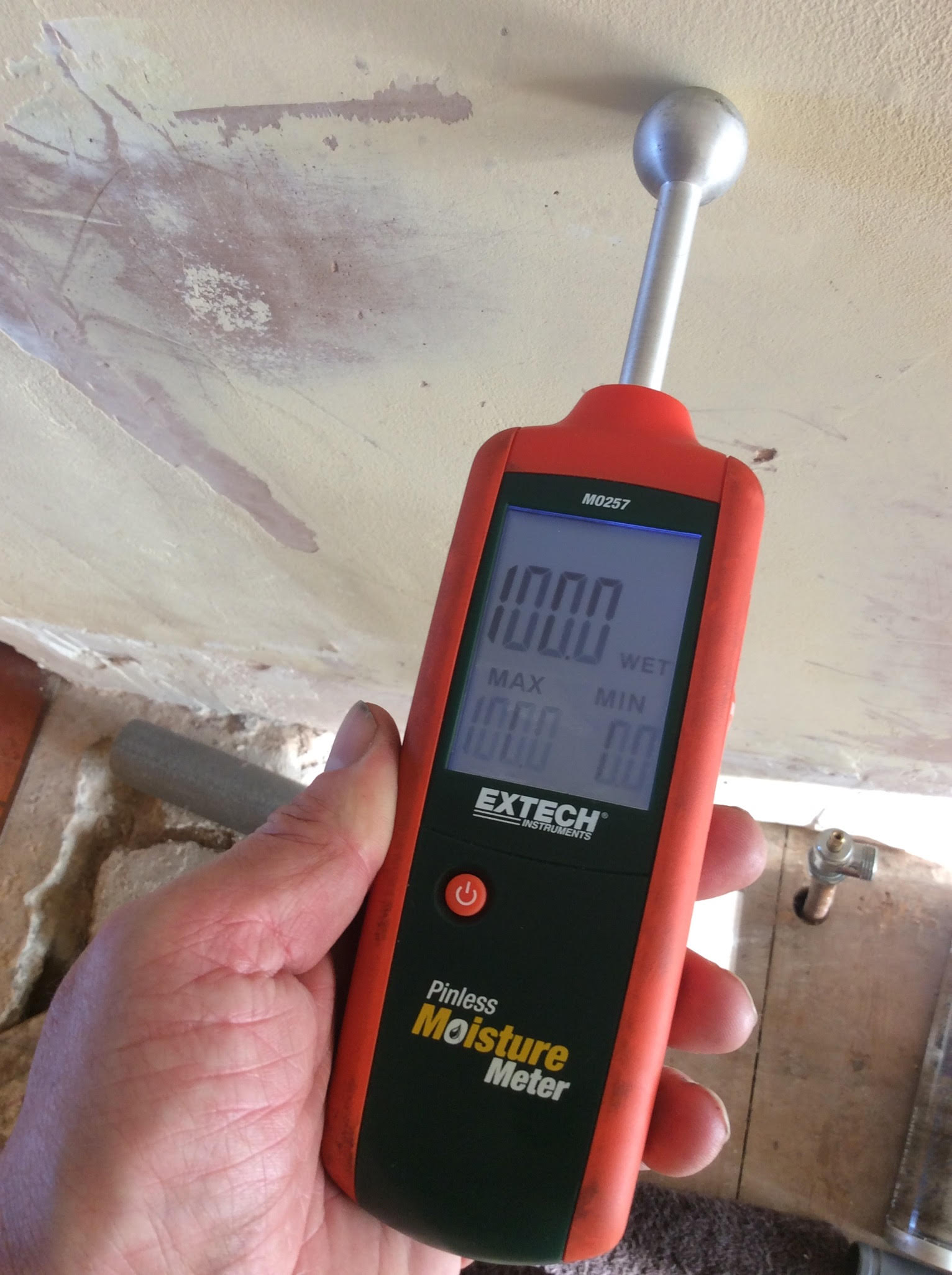Ingenious Solutions for Early Detection of Water Leaks in Structures and Facilities
From advanced leakage detection modern technologies to the release of IoT sensing units for real-time tracking, the landscape of leakage prevention is evolving swiftly. Automated water circulation evaluation systems are reshaping how leaks are identified and resolved, paving the way for an aggressive approach to water leak discovery.
Advanced Leak Discovery Technologies
Advanced leak discovery technologies, equipped with innovative sensors and formulas, play a vital role in promptly recognizing and identifying water leaks in various setups. Electromagnetic sensing units can identify modifications in electro-magnetic fields caused by water, supplying yet another layer of leakage detection capacity.

IoT Sensors for Real-Time Surveillance
In the realm of contemporary water leak detection, the integration of IoT sensing units for real-time tracking stands for a crucial development in improving aggressive leakage discovery capabilities. These sensors use continuous tracking of water systems, supplying real-time information on water circulation prices, stress variants, and temperature level changes. By leveraging IoT technology, these sensing units can detect even the tiniest abnormalities in water use patterns, making it possible for early identification of possible leakages prior to they escalate into major issues.
IoT sensors transfer information to a centralized system, where advanced formulas assess the details and create notifies or notices when abnormalities are discovered. This real-time tracking ability allows homeowner or facility managers to promptly attend to leakages, reducing water damage, decreasing fixing prices, and saving water resources.
In addition, IoT sensors can be incorporated with structure monitoring systems, permitting for automatic reactions to detected leakages, such as shutting down water shutoffs or activating pumps to mitigate the impact of leakages. In general, the have a peek at these guys execution of IoT sensors for real-time surveillance considerably enhances the efficiency and effectiveness of water leak detection in structures and facilities.
Maker Knowing Algorithms for Leak Forecast

One secret advantage of making home use of maker learning for leakage forecast is its ability to continually learn and boost its accuracy over time. As even more information is collected and fed into the formula, it can refine its forecasts and adapt to changing conditions, eventually enhancing the reliability of leak discovery systems.
Furthermore, machine knowing formulas can assist in determining subtle signs of leakages that might go undetected by conventional surveillance approaches. water leak detection. By examining complex information sets in real-time, these algorithms can provide early cautions and alerts, enabling for punctual intervention and precautionary maintenance to alleviate possible water damage and linked costs
Making Use Of Thermal Imaging for Leak Discovery
Thermal imaging modern technology offers an encouraging approach for spotting water leaks in different systems and facilities. By making use of infrared radiation and temperature variations, thermal imaging cams can recognize covert leaks that are not quickly visible to the naked eye.
One of the key advantages of thermal imaging for leak detection is its non-intrusive nature. Overall, the usage of thermal imaging modern technology improves the effectiveness and accuracy of water leakage detection, making it a valuable tool for keeping the honesty of structures and frameworks.
Automated Water Flow Evaluation Systems
Just how can automatic water circulation analysis systems change the detection and monitoring of leakages in various systems and frameworks? Automated water flow analysis systems provide a proactive technique to leak discovery by continuously keeping track of water circulation rates and patterns. By developing baseline information, these systems can quickly recognize inconsistencies that may show a leak, allowing punctual intervention to prevent considerable damage.
These systems use sophisticated formulas to analyze real-time data that site and supply immediate notifies when abnormalities are spotted, permitting speedy action to be taken. Furthermore, computerized water circulation analysis systems can be integrated with structure administration systems or IoT platforms, improving general performance and making it possible for remote monitoring abilities.
In addition, the data accumulated by these systems can be used for predictive maintenance functions, assisting to determine prospective weak points in the infrastructure prior to leakages happen. On the whole, the execution of computerized water circulation evaluation systems can substantially improve leak discovery and monitoring methods, eventually resulting in cost savings, lowered water wastefulness, and boosted sustainability in buildings and facilities.

Final Thought
Finally, the integration of advanced leak detection innovations, IoT sensors, maker understanding formulas, thermal imaging, and automated water flow analysis systems uses ingenious options for very early discovery of water leakages in structures and facilities. These technologies enable real-time surveillance, prediction of leaks, and efficient discovery approaches to stop water damages and wastefulness. Applying these remedies can aid in keeping the integrity and sustainability of water supply in different settings.